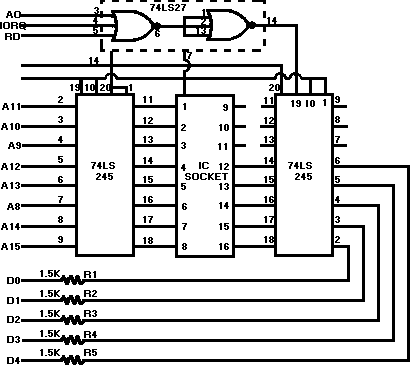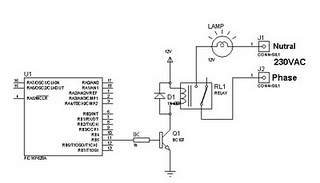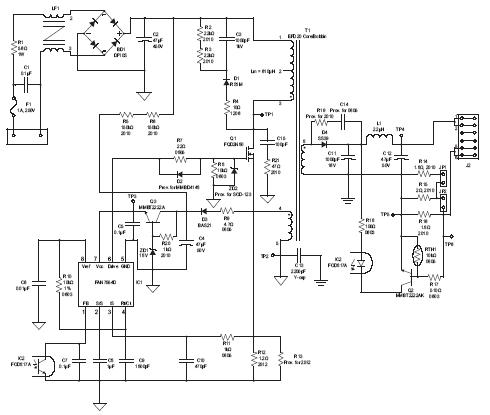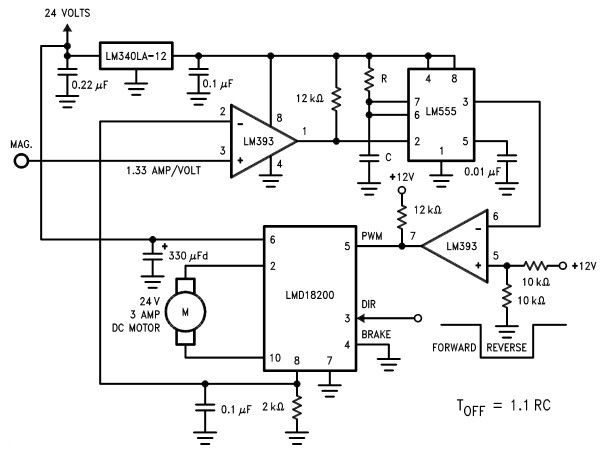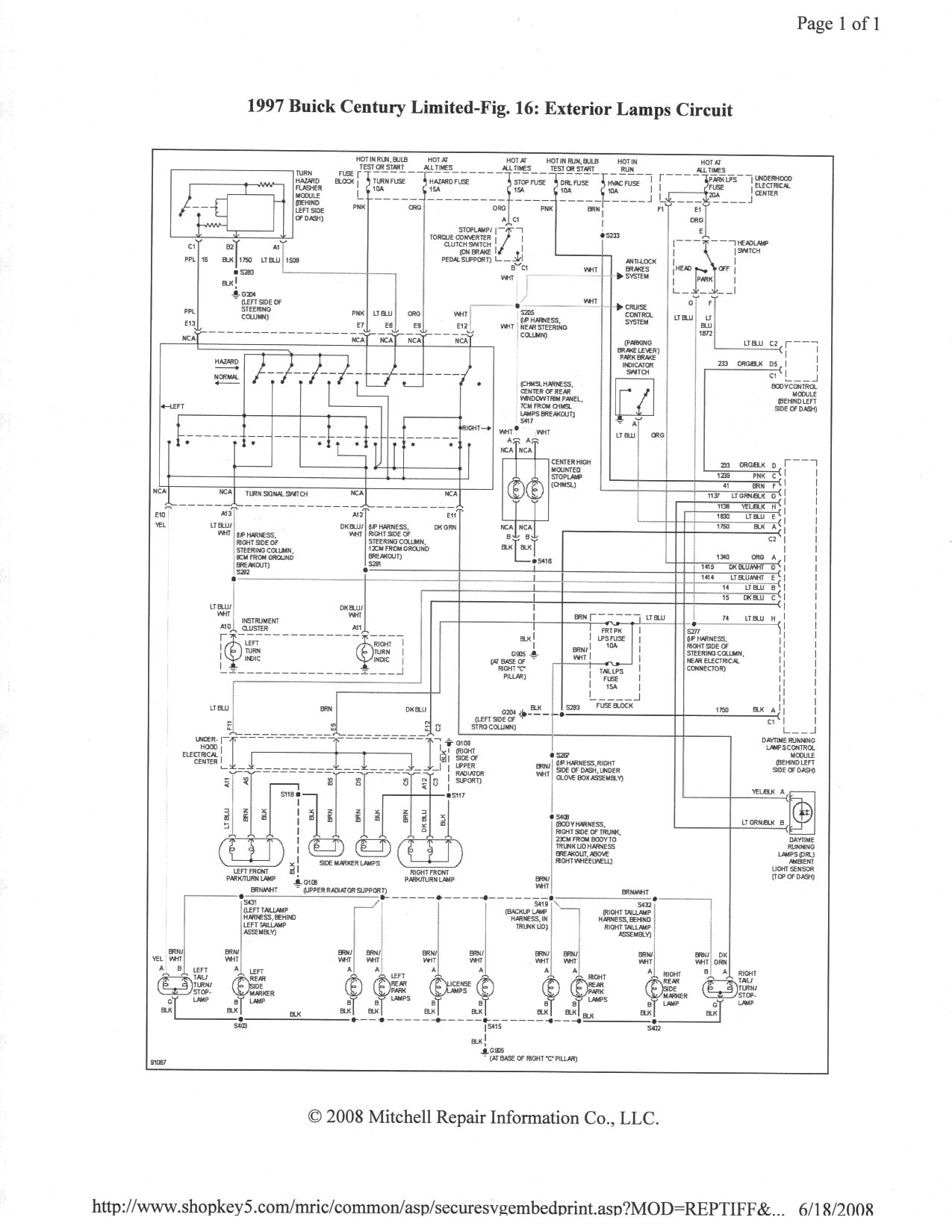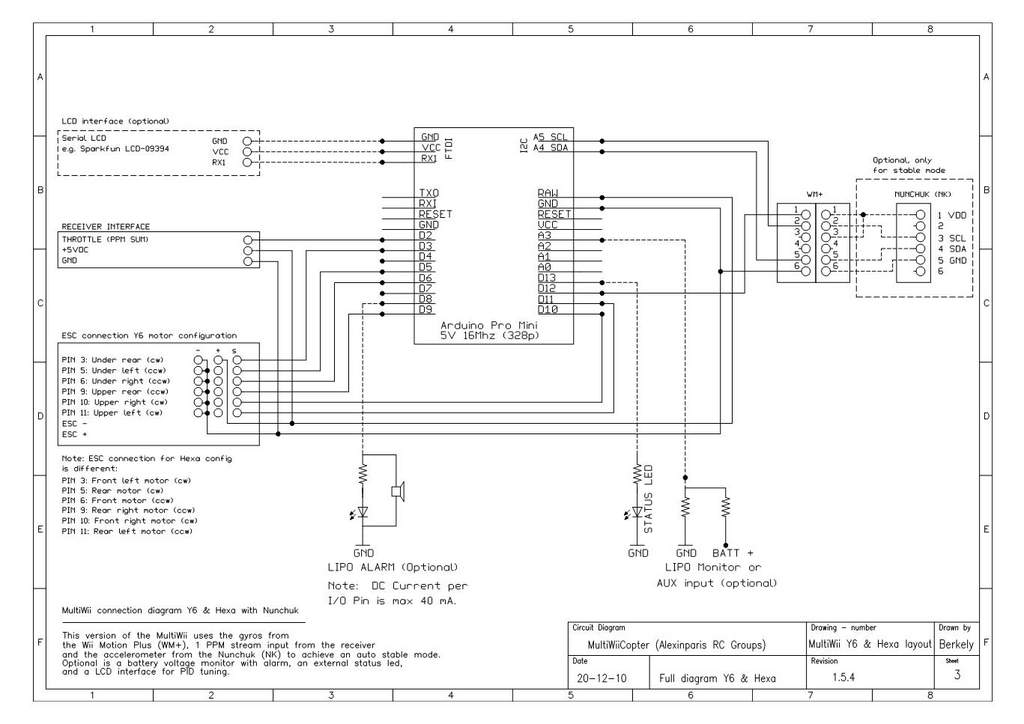
relay driver board project
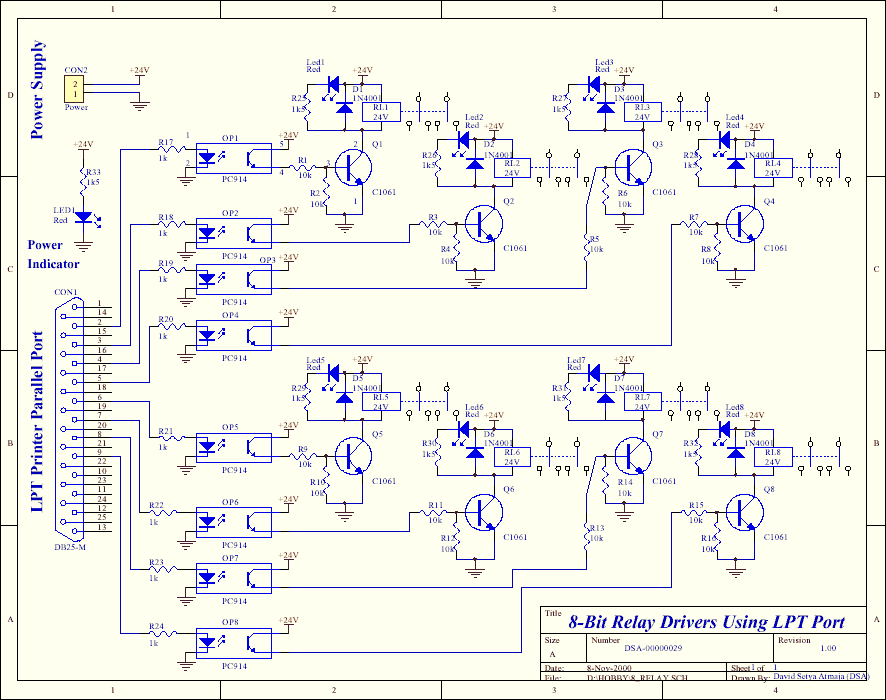
This article aims to utilize an old PC as a simple controller. Many outdated PCs, such as the 8088, 8086, 80286, 80386, or even 80486, have become obsolete systems. This design employs an 8-bit LPT printer parallel data port (DP) to activate relays. The LPT printer parallel port also has a 4-bit additional port (PC) that can be utilized, although this is not implemented in the design as 8 bits are deemed sufficient. This size (1 byte) is compatible with each of the 8255 PPI ports if interfacing is desired. The basic principle is the same for all eight channels. To protect the LPT port from damage, an optocoupler is used to isolate the PC side (+5V) from the relay circuit (+24V). The relay voltage type can be adjusted to +12V or even +6V if suitable relays are available. The PC914 optocoupler can be replaced with other types from the 4N series (4N22 to 4N28, 4N35, 4N47 to 4N49, etc.). A common driver configuration involving transistors Q1 to Q8 (high-power) is used to drive the relays. Diodes D1 to D8 protect the transistors from transient currents when the relays are in the off state. Resistor values are chosen to ensure that the transistors are sufficiently saturated when turned on. This common driver can also be replaced with IC drivers such as ULN2002 to ULN2004 types, which contain 6-bit line drivers per package, necessitating two ICs for full utilization. It is important to select relays that can withstand high voltage and current if they are to be used for AC line equipment. Caution is advised regarding high-voltage lines on the PCB. The component specifications include: R1 to R16 = 10k (16 pcs), R17 to R24 and R33 = 1.5k (9 pcs), R25 to R32 = 1k (8 pcs), C1 = 2200 µF/50V (1 pc), C2 = 1000 µF/25V (1 pc), D1 to D12 = 1N4007 (12 pcs), LED1 to LED9 = Red LED (3 mm) (9 pcs), IC1 = 7824 (voltage regulator) (1 pc), Q1 to Q8 = C1061 (transistor) (8 pcs), OP1 to OP8 = PC914 (optocoupler) (8 pcs), RL1 to RL8 = 24V PCB type relay (high-power output, 5A/220V-AC) (8 pcs), CON1 = DB-25 socket (female, PCB type, LPT connector) (1 pc), optional CON2 = power connector (1 pc), OUT-1 to OUT-8 = 2-pairs of terminal strips (8 pcs), transformer = 15V with CT/1A or 30V-AC/1A (1 pc), optional on/off switch for power supply (1 pc), optional LPT parallel port cable (3 m) (1 pc), optional small heatsink for voltage regulator (1 pc).
This schematic describes a practical approach to repurposing outdated PC hardware into a functional relay controller. The design leverages the LPT port for data output, allowing the control of multiple relays through a straightforward interface. The use of optocouplers ensures electrical isolation, thus protecting the sensitive components of the PC from potential damage due to high-voltage spikes from the relay circuit.
The circuit's architecture is based on a modular design, where each channel operates independently, enhancing reliability and ease of troubleshooting. The inclusion of diodes for transient protection is essential in preventing back EMF from damaging the driving transistors. The selection of high-power transistors ensures that the relays can be activated without risking overheating or failure.
In terms of component selection, the use of common, readily available parts like the 7824 voltage regulator and the 1N4007 diodes simplifies sourcing and assembly. The recommended relay specifications ensure compatibility with various AC loads, making the controller versatile for different applications. Additionally, the optional components, such as the heatsink and power switch, provide further customization and efficiency enhancements.
Overall, this design provides a cost-effective solution for controlling devices using legacy PC technology, making it an excellent project for electronics enthusiasts and those looking to extend the life of older computing hardware.This article means to utilize your old PC to be come a simple controller. Many old PC like 8088 type, 8086, 80286, 80386, or even 80486 already become an obsolete systems. This board using 8-bits of LPT printer parallel data port (DP) to activate the relays. LPT printer parallel port also have 4-bits additional port (PC) which can be utilized too. But this is not implemented in this design, because in my opinion, 8-bits are more than enough, and beside that this size (1 byte) fit each of 8255 PPI port if we want to interface it too. The basic is the same for all the eight channels. To protect the LPT port from damage, I use optocoupler to isolated the PC side (+5V) and relay circuit (+24V).
You can change the relay voltage type to +12V or even +6V if you can find one. This type of optocoupler, PC914 can be replaced with another type like 4N series (4N22 ~ 4N28, 4N35, 4N47 ~ 4N49, etc. ). Using a common driver combination, transistor Q1 ~ Q8 (hi-power) to drive the relays. D1 ~ D8 use to protect the transistor from any transient current when the relay is in the off state. The resistor values are chosen to make transistors get full enough saturated when it is on. This common driver also can be change using IC driver like: ULN2002 ~ ULN2004 types. Each package contain 6-bits line drivers. So you need 2 of this IC, but one does not maximize. If you use PC port, than this IC can be utilized. A good alternative. Note that, for the relays, it must be stand the high voltage and current (big power) if you want to use it to drive any equiptment from the AC line.
Find a good ones with a high rating output. Careful about the hi-voltage line on the PCB. R1 ~ R16 = 10k. 16 pcs R17 ~ R24, R33 = 1k5. 9 pcs R25 ~ R32 = 1k. 8 pcs C1 = 2200 uF/50V (elco). 1 pcs C2 = 1000 uF/25V (elco). 1 pcs D1 ~ D12 = 1N4007. 12 pcs Led1 ~ Led9 = Red Led (3 mm). 9 pcs IC1 = 7824 (voltage regulator). 1 pcs Q1 ~ Q8 = C1061 (transistor). 8 pcs OP1 ~ OP8 = PC914 (optocoupler). 8 pcs RL1 ~ RL8 = 24V relay PCB type (hi-power output, 5A/220V-AC). 8 pcs CON1 = DB-25 socket (female, PCB type, LPT connector). 1 pcs Optional CON2 = power connector. 1 pcs OUT-1 ~ OUT-8 = 2-pairs of terminal strip. 8 pcs Transformer = 15V with CT/1A or 30V-AC/1A. 1 pcs Optional on/off switch for power supply. 1 pcs Optional LPT parallel port cable (3 m). 1 pcs Optional little heatsink for voltage regulator. 1 pcs 🔗 External reference
This schematic describes a practical approach to repurposing outdated PC hardware into a functional relay controller. The design leverages the LPT port for data output, allowing the control of multiple relays through a straightforward interface. The use of optocouplers ensures electrical isolation, thus protecting the sensitive components of the PC from potential damage due to high-voltage spikes from the relay circuit.
The circuit's architecture is based on a modular design, where each channel operates independently, enhancing reliability and ease of troubleshooting. The inclusion of diodes for transient protection is essential in preventing back EMF from damaging the driving transistors. The selection of high-power transistors ensures that the relays can be activated without risking overheating or failure.
In terms of component selection, the use of common, readily available parts like the 7824 voltage regulator and the 1N4007 diodes simplifies sourcing and assembly. The recommended relay specifications ensure compatibility with various AC loads, making the controller versatile for different applications. Additionally, the optional components, such as the heatsink and power switch, provide further customization and efficiency enhancements.
Overall, this design provides a cost-effective solution for controlling devices using legacy PC technology, making it an excellent project for electronics enthusiasts and those looking to extend the life of older computing hardware.This article means to utilize your old PC to be come a simple controller. Many old PC like 8088 type, 8086, 80286, 80386, or even 80486 already become an obsolete systems. This board using 8-bits of LPT printer parallel data port (DP) to activate the relays. LPT printer parallel port also have 4-bits additional port (PC) which can be utilized too. But this is not implemented in this design, because in my opinion, 8-bits are more than enough, and beside that this size (1 byte) fit each of 8255 PPI port if we want to interface it too. The basic is the same for all the eight channels. To protect the LPT port from damage, I use optocoupler to isolated the PC side (+5V) and relay circuit (+24V).
You can change the relay voltage type to +12V or even +6V if you can find one. This type of optocoupler, PC914 can be replaced with another type like 4N series (4N22 ~ 4N28, 4N35, 4N47 ~ 4N49, etc. ). Using a common driver combination, transistor Q1 ~ Q8 (hi-power) to drive the relays. D1 ~ D8 use to protect the transistor from any transient current when the relay is in the off state. The resistor values are chosen to make transistors get full enough saturated when it is on. This common driver also can be change using IC driver like: ULN2002 ~ ULN2004 types. Each package contain 6-bits line drivers. So you need 2 of this IC, but one does not maximize. If you use PC port, than this IC can be utilized. A good alternative. Note that, for the relays, it must be stand the high voltage and current (big power) if you want to use it to drive any equiptment from the AC line.
Find a good ones with a high rating output. Careful about the hi-voltage line on the PCB. R1 ~ R16 = 10k. 16 pcs R17 ~ R24, R33 = 1k5. 9 pcs R25 ~ R32 = 1k. 8 pcs C1 = 2200 uF/50V (elco). 1 pcs C2 = 1000 uF/25V (elco). 1 pcs D1 ~ D12 = 1N4007. 12 pcs Led1 ~ Led9 = Red Led (3 mm). 9 pcs IC1 = 7824 (voltage regulator). 1 pcs Q1 ~ Q8 = C1061 (transistor). 8 pcs OP1 ~ OP8 = PC914 (optocoupler). 8 pcs RL1 ~ RL8 = 24V relay PCB type (hi-power output, 5A/220V-AC). 8 pcs CON1 = DB-25 socket (female, PCB type, LPT connector). 1 pcs Optional CON2 = power connector. 1 pcs OUT-1 ~ OUT-8 = 2-pairs of terminal strip. 8 pcs Transformer = 15V with CT/1A or 30V-AC/1A. 1 pcs Optional on/off switch for power supply. 1 pcs Optional LPT parallel port cable (3 m). 1 pcs Optional little heatsink for voltage regulator. 1 pcs 🔗 External reference
